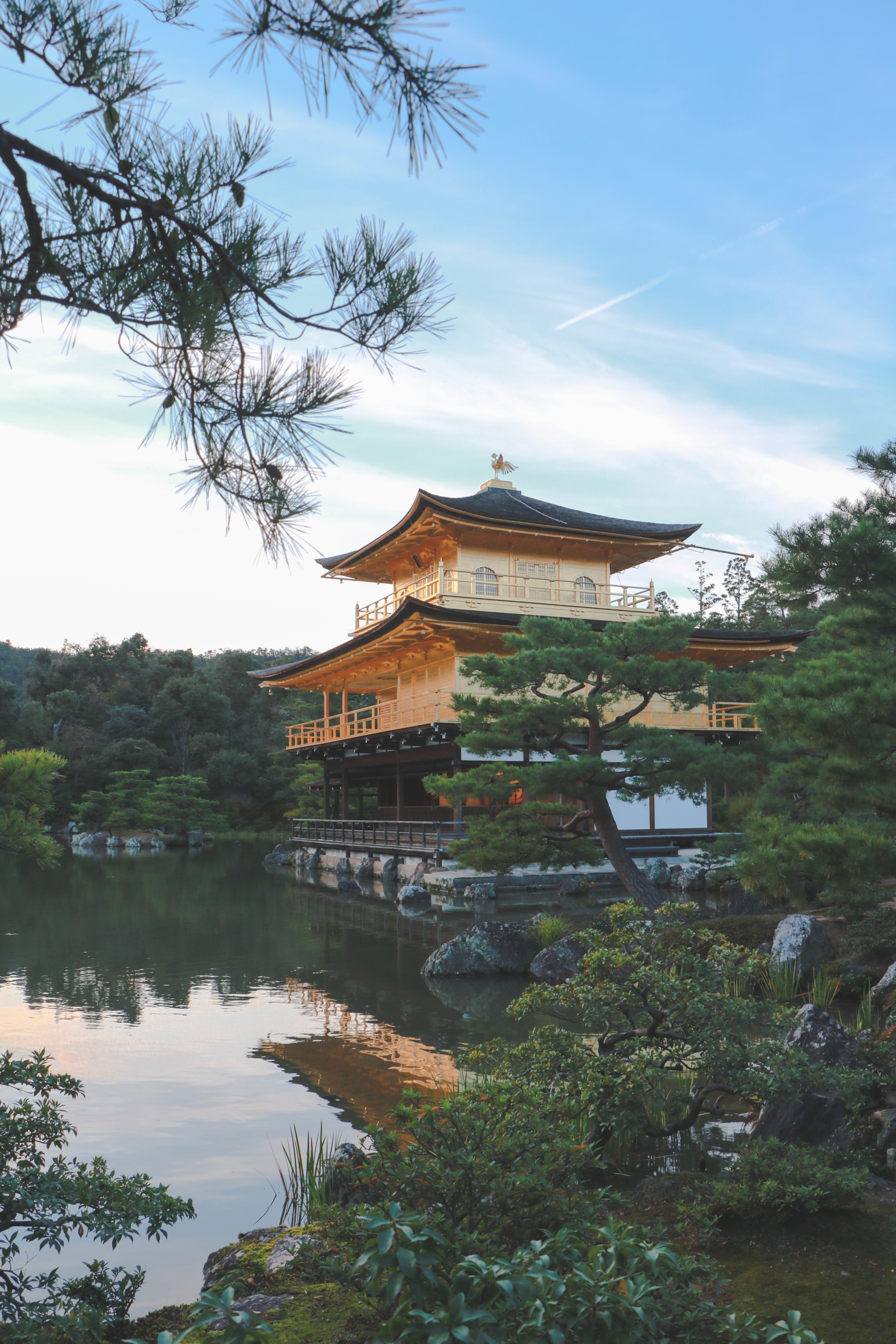日本の歴史
History
Japanese architecture is very different in story and composition to that of other country's historical architecture. The history of it, much like Japan's other art forms, is very well documented. Long influenced by Chinese architecture, it still has diverged far enough to be distinctly and richly its own.
Before the 1st century B.C., Japanese homes were very similar to homes all around the world at that time, constructed with wood frames, dirt floors, and thatched roofs. Around 57 B.C., a distinct Japanese architectural style began to emerge.
From this point in time to around the 7th century A.D., the Japanese took much influence from Korea. During the Chinese Han dynasty, the Japanese people began to interact more with the Chinese populace, where their technology and styles influenced them.
During this period, the Japanese people adopted the use of wood as the preferred building material. Stone was used sparingly due to the lack of suitable stones for construction because of the volcanic nature of the island country.
"Traditional" Japanese architecture usually refers to structures built during the Edo period, from the 1600s to the mid-1800s. After came the Meiji Restoration, which is marked by the rise of Western influences introduced to the architecture and a more modern style.
— Periods
・Yayoi Period (弥生時代) — 1,000 BC to 300 AD
This period of Ancient Japan was when a distinct Japanese architectural style emerged from the universal styles of that time. The Japanese people began to interact with the Chinese people of the Han dynasty, leading to them adopting and intigrating many of their architectural styles.
・Kofun Period (古墳時代) — 300 to 538
Although general architectural styles didn't change drastically around this time, this period was host to the notable "key-shaped" tomb mounds called Kofun (古墳). Towards the end of this period, kofun were fazed out and replaced as Buddhist influence began to take over.
・Asuka Period (飛鳥時代) — 538 to 710
The Asuka period was the beginning of Classical Japan. Around this time, Buddhism was introduced to the country, leading to drastic changes in architecture. Many temples were built, and Shinto architecture began to rise along side the Buddhist architecture.
・Nara Period (奈良時代) — 710 to 794
The city of Nara became the nation's first permenant capital during this period. The city was heavily influenced by the Chinese capital of that time, and the city became an important hub for Buddhism.
・Heian Period (平安時代) — 794 to 1185
The Emperor Kanmu wanted to escape the Buddhist and Chinese influences that took hold of Nara, so he moved the nation's captial to modern day Kyoto. Although Kyoto took quite a bit of influence from Nara, a very distinct Japanese architectural style began to rise. During this time as well, Buddhist temple's began to influence the designs of Shinto shrines and architecture. The famous vernacular minka homes began to appear during the late Heian period.
・Kamakura and Muromachi Periods ((鎌倉時代 & 室町時代) — 1185 to 1573
These periods marked the rise of Medieval Japan. Many technological advances were made that began to diverse from the Chinese influences. Advances were made to make structures more resistant to earthquakes as well as heavy rainfall and the heat of the summer sun. During the Kamakura period, power was transfered from the imperial court to the Kamakura Shogunate and civil war broke out. Due to the wars, many traditional buildings in cities such as Nara and Kyoto were destroyed. Architecture of this time began to become more simplistic due to wars, so defence was prioritised over beauty.
When the Kamakura Shogunate fell and the Ashikaha Shogunate took power, those in the upper levels of society began a "war" on luxurious styles. The imperial court and the shogunate fought with trying to have the most luxurious lifestyles. Due to this rivalry, Zen styles began to take over as well to combat it with its smaller and more simple details and materials. Many important cultural architectural items and places were created during this time, such as chashitsu, fusuma, shoji, and tatami.
・Azuchi-Momoyama Period (安土桃山時代) — 1573 to 1600
Although there were still several wars taking place during this period, a few powerful rulers attempted to unify the country under one rule. With these man trying to take control, leaders built magnificent castles to show their power and influence. This was the rise of Japanese castle architecture.
・Edo Period (江戸時代) — 1603 to 1868
The Edo period began when the Tokugawa Shogunate took over the city of Edo, marking the early stages of modern Japan. The county took on an isolationist policy along with the desire to end all wars. Due to the country closing its borders to the outside world, a rich period of purely Japanese architecture began.
・Meiji Period (明治) — 1868 to 1912
This period marked the beginning of Modern Japan. During this time, Japan changed from being an isolated feudal society to opening up its borders to the Western nations of the world. Western influences began to take hold in everyday Japanese life and culture, not to mention its architecture.





